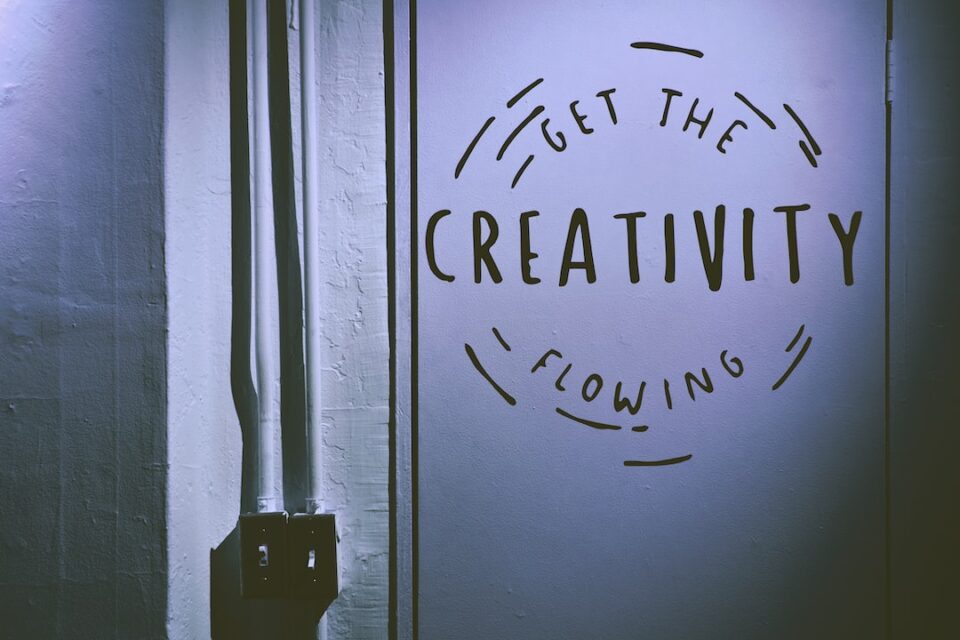Product design has come a long way since the dawn of human civilization. From simple tools made of stone to sophisticated gadgets with sleek designs, the evolution of product design has been a fascinating journey. In this blog post, we will explore the significant milestones in the history of product design and how it has shaped the way we live today.
The earliest evidence of product design dates back to the Stone Age, where our ancestors used natural materials to create tools and weapons for survival. These early designs were rudimentary, but they served their purpose. As humans evolved and developed complex societies, so did their tools and creations. The Bronze Age brought a new wave of innovation, with the introduction of metalworking techniques. This enabled our ancestors to create more durable and efficient products, revolutionizing various industries.
Fast forward to the Industrial Revolution in the 18th century, and we witness a significant turning point in product design. With the emergence of mass production and steam-powered machinery, products became more accessible to the general public. This era saw the birth of iconic designs such as the spinning jenny and the steam engine. The focus shifted from artisanal craftsmanship to efficient production, setting the stage for modern product design.
The 20th century witnessed a surge in technological advancements, leading to groundbreaking inventions that changed the face of product design forever. The introduction of electricity and the rise of consumerism paved the way for innovative designs. The iconic designs of the Art Nouveau and Art Deco movements brought elegance, symmetry, and intricate details to everyday objects. The invention of plastic in the early 20th century opened up endless possibilities, allowing for mass production of affordable products.
One of the most significant milestones in product design came with the emergence of the Bauhaus movement in the 1920s. This design school in Germany emphasized functionality, simplicity, and the use of modern materials. The Bauhaus philosophy continues to influence product design to this day, with its minimalistic and sleek designs.
The mid-20th century saw the rise of modernism, characterized by clean lines, functionality, and the elimination of unnecessary ornamentation. Design pioneers like Charles and Ray Eames and Dieter Rams focused on creating products that were both aesthetically pleasing and practical. Their designs became iconic and laid the foundation for the concept of “good design.”
As technology continued to advance, product design started to incorporate electronics and digital interfaces. The introduction of the personal computer in the 1980s revolutionized the way we work, and designers had to adapt to this new medium. The sleek and minimalist designs of Apple products became the gold standard for the tech industry. Consumer electronics now had to balance form and function, with user experience and intuitive interfaces taking center stage.
In recent years, sustainability and eco-conscious design have become significant drivers in product design. As the world becomes more aware of the environmental impact of consumerism, designers are striving to create products that are both aesthetically pleasing and environmentally friendly. Materials like bamboo and recycled plastics are being used to create eco-friendly designs, and concepts like upcycling and circular economy are gaining popularity.
The evolution of product design has been a fascinating journey of innovation, technological advancements, and societal changes. From humble stone tools to sleek and sustainable gadgets, product designers have continuously adapted to the needs and aspirations of society. The future of product design holds even more exciting possibilities with the rise of artificial intelligence, virtual reality, and 3D printing. As society evolves, so will our products, reflecting the values and aspirations of generations to come.

